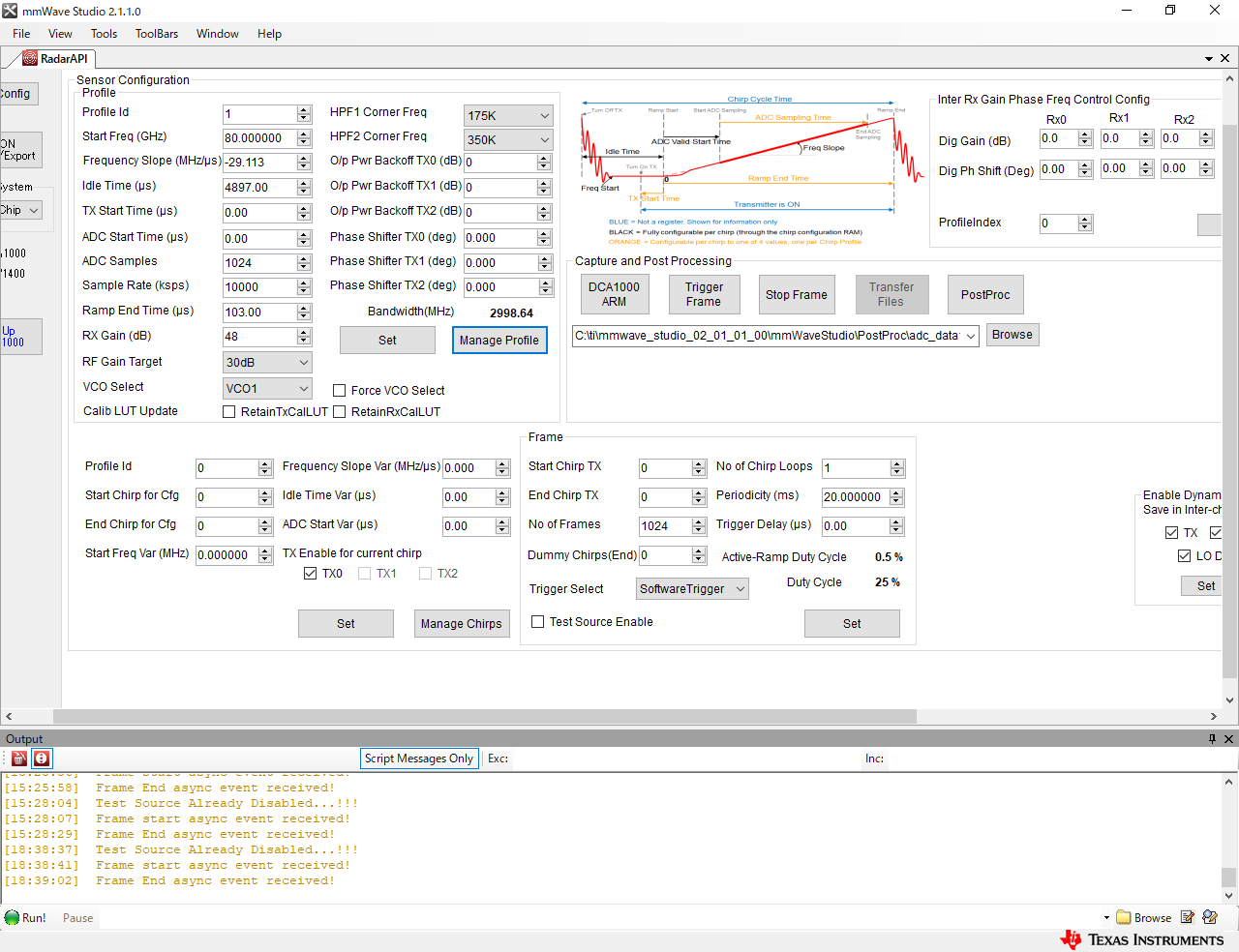This article is for blind and vision-impaired amateur radio operators interested in using CHIRP to edit channel information stored in VHF/UHF radios. CHIRP is a free programming tool developed and distributed by Dan Smith, KK7DS, for Windows, Linux, and MacOS operating systems.
The website has a list of radio models that CHIRP supports, including D-STAR radios. The software version 0.3.1 works with radios produced by 10 different companies.

The documentation is clear and well-organized. It includes frequently-asked questions, and it has a professional-quality system for reporting and tracking problems and feature requests.
CHIRP is a free, open-source tool for programming your amateur radio. It supports a large number of manufacturers and models, as well as provides a way to interface with multiple data sources and formats. Add to Wishlist Chirp brings you amazing limited-time deals on popular audiobooks, including New York Times Bestsellers. You can save up to 95% on audiobooks every day, with no subscription fee!.
What CHIRP Does
CHIRP is a programming tool designed to edit most of the settings stored in the channel memory of UHF/VHF radios. It can also create new channels on the Wouxun radio, but that capability might depend on the radio.
Blind and vision-impaired hams can use CHIRP to make programming changes that are not accessible via a small radio display screen. Also, editing an existing channel with CHIRP is often more convenient than deleting and reprogramming a channel using internal radio menus.
What CHIRP Will Not Do
CHIRP does not support all functions and features of every radio. It is not designed to replace the internal menus for configuring functions such as the squelch level and VOX.
Using CHIRP with a Screen Reader
The easiest way to use the Windows version of CHIRP with a screen reader is to use an Excel spreadsheet program to read and edit data that you exported from CHIRP in a .csv file. The Documentation has a link to a step-by-step description of how to create a .csv file that Excel can read and how to get the data back into a radio.
The Linux version is directly accessible with the free Orca screen reader bundled with Ubuntu. Unlike the Windows version of CHIRP, no separate speadsheet program is necessary with the Linux version.
Orca is a basic screen reader that (with the default configuration) works automatically with CHIRP as you navigate the table of radio channel data using the arrow keys. The Orca keyboard shortcuts are not required.
If you want Orca to speak the column heading when it reads data, such as 'frequency 146.78000' or 'tone 103.5,' change the Table Rows preference from 'Speak Row' to 'Speak Cell.' (Preferences Dialog > Speech Tab > Table Rows section > Up Arrow to select Speak Cell.)
In the Mac OSX version, radio channel data are not accessible with the Voice Over screen reader. Also, a mouse or other pointing device is required to navigate and edit the table of data. For example, to change a tone you double-click on the current tone setting, hold the mouse button down, and drag the cursor to make a selection from a list of tones in a popup menu.
Choosing What To Display
There are two choices for how CHIRP displays transmitted CTCSS access tones and DTCS codes:
Chirp Software List
1. Hide Unused Data. Dan Smith, KK7DS, added this option in the View Menu so blind and vision-impaired hams can read from the CHIRP window more easily. For example with this option, stored CTCSS tones and DTCS codes are hidden for 'No Tone' mode channels.
2. Show Unused Data (default setting). In most radios you can program each channel with a CTCSS access tone and a DTCS code for future use. Transmission of the tone or code can then be turned on or off 'in the field' using a control on the radio. (Wouxun radios are an exception—stored CTCSS tones and DTCS codes are always active.) If you do not select 'Hide Unused Data,' the stored CTCSS and DTCSS data are displayed whether or not the channel is programmed to open in a mode that uses them. Note that showing unused data causes Chirp to display meaningless numbers in the CTCSS and DTCS columns of channels with no programmed tone or code.
Using CHIRP
Figure 1 shows the program window for a Wouxun KG-UVD1P radio when 'Hide Unused Data' is selected.
Figure 1. CHIRP with 'Hide Unused Data' selected.
Figure 2 shows the channel data with 'Hide Unused Data' deselected. Every channel has a tone and DTCS code listed.
Figure 2. CHIRP with 'Hide Unused Data' not selected.
Chirp Driver Software Windows 10
To edit a channel if you are not using a screen reader: Click on the cell you want to edit and either choose an option from the drop-down menu or type the entry, depending on the column. Save the edited file to your PC as a backup, and load it into the radio memory (Radio → Upload to Radio).
Chirp Software Manual
In most cases, the editor in CHIRP will be all you need, but in case you have a very large file, you can export it to a spreadsheet, where scripts and formulas can be used for editing and option to make CHIRP easier for blind and vision-impaired hams to use.

Thanks also to Jeremy, W0JRL, for pointing out that CHIRP is accessible with Orca.

Author Information
Peter DeNeef, AE7PD, is an Extra Class amateur radio operator in the U.S. This website has no ads or conflicts of interest.
Chirp Software Usb
Email: HamRadioAndVision 'at' gmail 'dot' com
rev. 3/2/2019